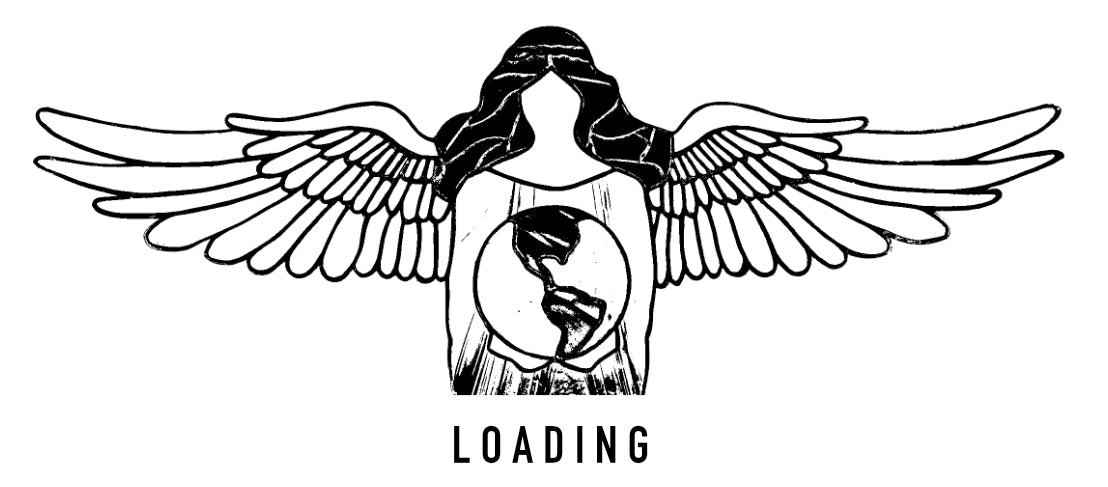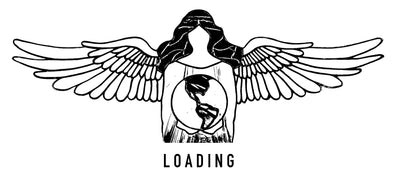Therapies
Meridian Therapy Acupuncture
Meridian Therapy Acupuncture fortifies the human capability to overcome and resist malady. We use the following techniques to meet that end.
Acupuncture
Sterile, disposable filiform (solid) needles are used at certain points called tsubo (places where the energetics are more accessible). Japanese style uses fewer and smaller needles compared to Chinese style. Painless overall, on occasion one may experience the sense of a bee sting that generally lasts only a few seconds.
Moxibustion
Artemisia Vulgaris or Artemisia Argyi (commonly called mugwort or moxa), a distant cousin to the sage family of the Southwest is burned on the needle to gently warm it. This makes it more accepted by the body. The moxa itself offers a tonification quality to the treatment. It has the smell of burning leaves that some liken to the smell of marijuana. Moxa can also be burned above the skin (indirect) or directly on the skin (direct). This is another way of stimulating the energetic system and balancing the pulses. In Japanese style direct moxibustion, the size burned is at most the size of a grain of rice. Chinese style is larger. A Moxa Master uses moxa for both tonification and sedation. Moxa tea is a very effective gargle for a sore throat.
Handwork
“Te a Te” (translated to spirit-to-spirit or hand-to-hand) can be used alone to balance the pulses or as a finishing touch to other meridian therapy tools.
Shoni Shen
Pediatric non-invasive techniques designed to stimulate the energetics to remember balance.
Massage Therapy
The benefits of massage therapy are many. On a physical level, massage can lead to deep relaxation, relief of muscle tension and stiffness, reduced muscle spasm and tension, greater joint flexibility and range of motion, and increased ease and efficiency of movement. It also promotes deeper and easier breathing, as well as better circulation of blood and lymph fluids.
Mentally and emotionally, you may experience a relaxed state of alertness, reduced mental stress, a calmer mind, and an increased capacity for clearer thinking. It’s also common to experience a feeling of well-being, enhanced self-image, and reduced levels of anxiety.
The therapist will knead, stroke, or compress your muscles as needed to return your body to its natural state of relaxation. Swedish massage is the basic therapy for relaxation and rejuvenation. The therapist may include other therapies as needed, such as:
Neuromuscular Therapy
Reduces neurostimulation by releasing entrapped nerves within the soft tissue, thereby reducing or eliminating referred pain and its cause.
Myofascial Release
Helps to warm the fascia and return it to its relaxed, viscous state. Since muscles are contained in the fascia much like an envelope, if you enlarge the envelope, the contents have room to spread. Thus, when the muscles are released after MFR, they have a better chance of staying released.
Flexibility Therapy
Increased flexibility can provide pain relief, injury rehabilitation, and athletic improvement. Athletes gain speed, endurance, and better timing. Chronic pain sufferers gain control of their pain and regain control of their life. In some cases, they become free of pain entirely. Injuries also heal faster.
Shiatsu
Shiatsu can relieve stress, pain, and dysfunction. This therapy, using oriental modalities over 3000 years old, is performed fully clothed and takes 30 minutes.

